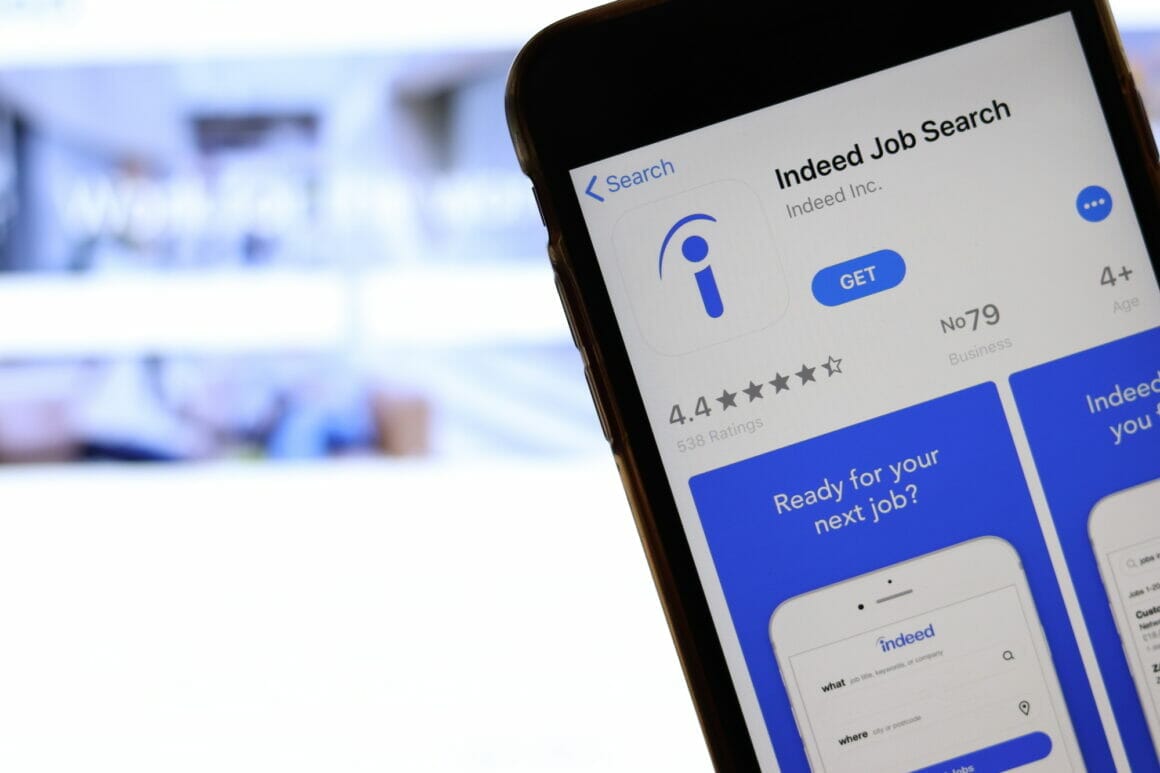The Indeed Hiring Lab and Glassdoor Economic Research conducted a study regarding the future of the labor market and the trends that will likely take place in 2023. Among the main trends, the report highlighted that remote work will continue to thrive. Additionally, employees keep changing their priorities when evaluating a job and its benefits.
2022 proved that remote work keeps being mainstream. However, workplaces continue evaluating the best ways to blend their “work from anywhere” policy with onsite arrangements. Hybrid work environments have become the most popular work structures, and according to this new report, it seems that hybrid will have longevity.
Indeed & Glassdoor Work Trends 2023 Report
The report by Indeed and Glassdoor revealed five main long-term trends taking place next year:
Trend #1: Tight Labor Supply Continues to Impact Hiring
Although the pandemic made hiring difficult, it looks like the challenges will continue. There´s a persistent gap between employer demand for new hires and the supply of candidates. However, if employees reduce their hiring needs, the supply of employees is likely to remain steady for the long run.
This also depends on the country. For instance, in Germany, the population is aging, and the workforce is shrinking. In Canada and Australia, populations will keep growing due to immigration, but so will the aging population.
Trend #2: Remote Work Is Here to Stay
According to several reports by Indeed, remote work is here for the long run. Job postings that advertise remote work are much higher than they were prior to the pandemic. And while there has been a slight decrease due to companies wanting to keep employees in the office, the demand continues to remain steady.
Employees seeking exclusively to hire for in-person jobs are at a disadvantage as workers want to work from home.
Trend #3: Workers Seek Higher Pay
Compensation is still the most relevant factor for job seekers. According to the report, for US workers between the ages of 25-54, higher pay was the main reason they searched for a new job.
Employers in lower-paying jobs will have to stretch in order to attract job seekers. Besides compensation, the three main benefits most relevant for job seekers are healthcare, retirement plans, and paid time off.
Trend #4: Happiness and Wellbeing Matter
While salary remains the main factor for employees to keep or look for a different job, company culture has proven to be a key aspect as well.
Employees are demanding greater wellbeing in their work experience, seeking flexibility, and increased satisfaction levels.
These are some interesting stats:
- 46% of people say their expectation of happiness at work increased
- 86% say that how they feel at work impacts how they feel at home
Also, the report highlighted that stress leads directly to turnover.
Trend #5: The Changing Workforce is Pushing Diversity, Equity, and Inclusion
A recent survey by Indeed and Glassdoor revealed that age and generation, more than gender, race, and geography, determine whether someone believes DEI is important in the workplace.
72% of workers aged 18-34 said they would consider turning down a job offer or leaving a company if they thought their manager didn’t support DEI initiatives.






